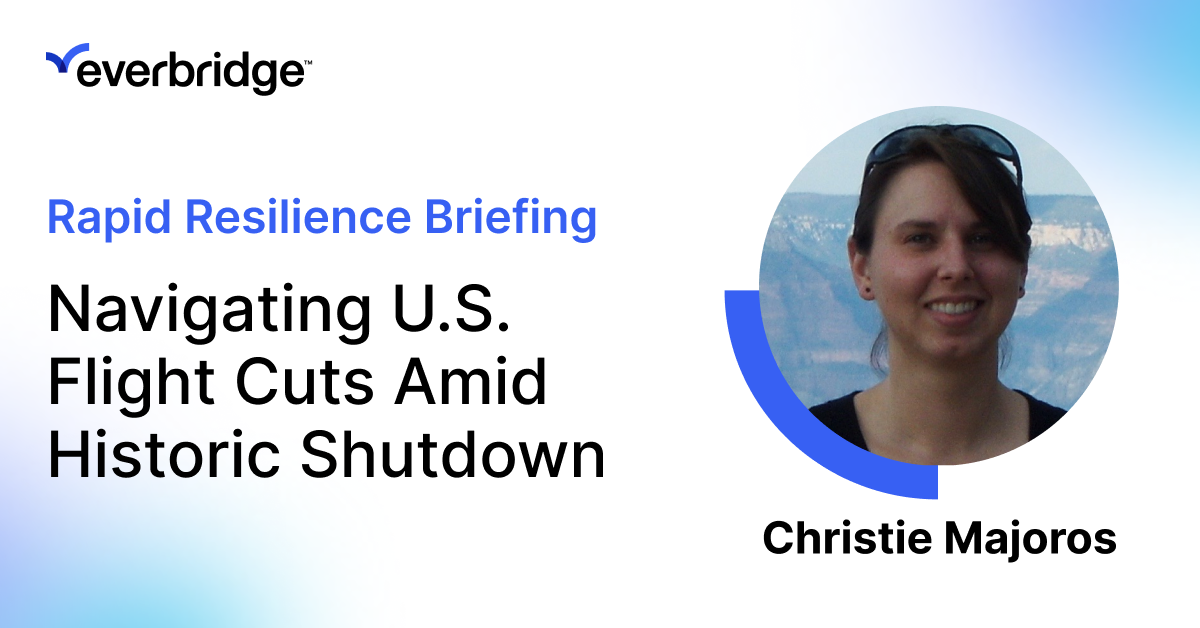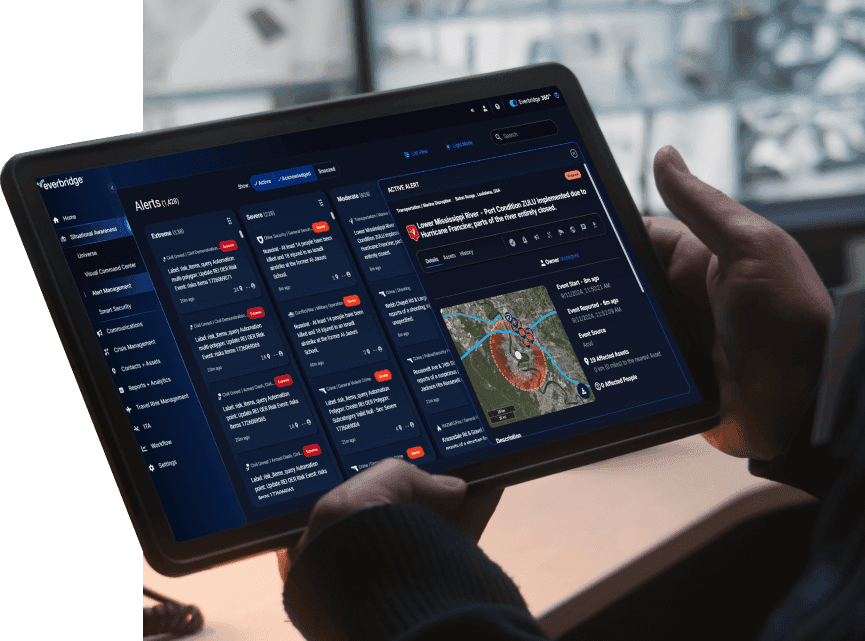Challenges
As a world leader in the tire industry, Everbridge client operates in most regions of the world. In some areas, the relations among citizens, governments and corporations can be volatile, and the company’s corporate security team looks outward to fulfil its duty of care.
When a French national expatriate was placed in charge of overseeing the company’s African operations – with a specific focus on its Accra, Ghana, plant – he found himself facing accusations of bribery that escalated to personal threats. The company took immediate action.
- First, the security team conducted an internal investigation that concluded there was no criminal wrongdoing by the expatriate executive.
- Second, the team realized the accusations and threats were politically motivated, and assessed the risk tolerance for this situation.
- Third, they determined the executive and his family would need protection for the duration of his employment assignment in Ghana. For this, they turned to Everbridge.
Solutions
Everbridge executive protection professionals, sensitive to the tense situation for both the expatriate and his family, were able to provide to the company’s Director of Security a complete picture of what the security detail would include and what situations they could expect specific to this region of Africa.
This comprehensive report greatly assisted him with briefing his senior leadership team, and getting their buy-in to allow him to make decisions on behalf of the business during this time of flux.
The executive protection provided by Everbridge included 24/7 security support composed of:
- Close Protection Officers
- Security Trained Drivers
- Low profile vehicles for the expatriate and his family each day to insure their safety
- Support team remained each night at the family residence to insure their safety
The outcome
With Everbridge support in a highly sensitive situation, the company fulfilled its duty of care obligation, continuing safe operations in Accra with Everbridge for a period of four months. This allowed the executive to complete his assignment safely before returning with his family to their home country.
Protect your global workforce with Everbridge Assist. This comprehensive service provides 24/7 medical, security, and travel assistance for any event impacting your employees’ well-being. Powered by integrated technology and a global support network, we ensure rapid, expert care to maintain safety and business continuity during any disruption or emergency.
Resource page description: Protect your global workforce with Everbridge Assist’s 24/7 support, ensuring safety and continuity with integrated technology and expert global assistance.

